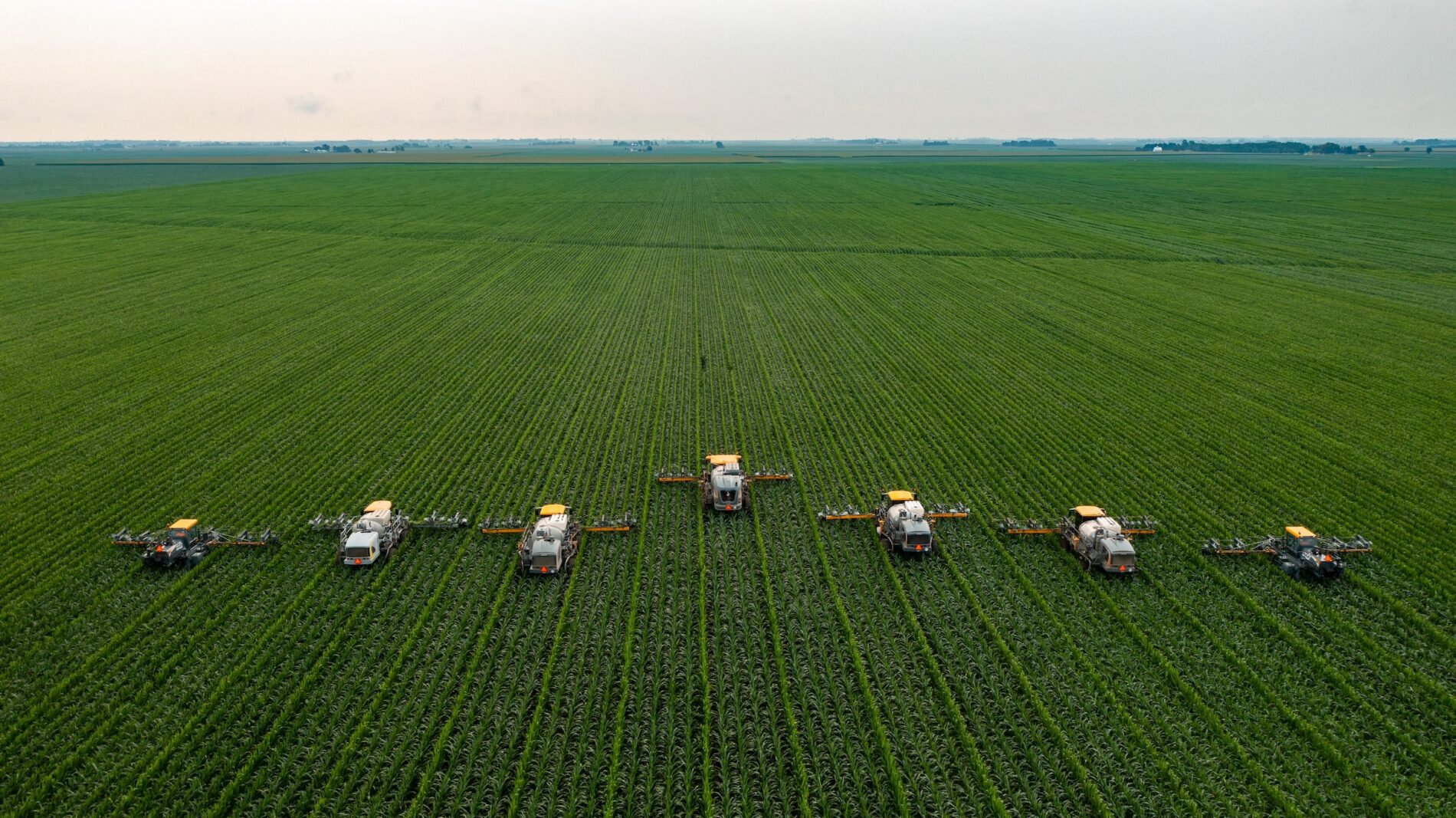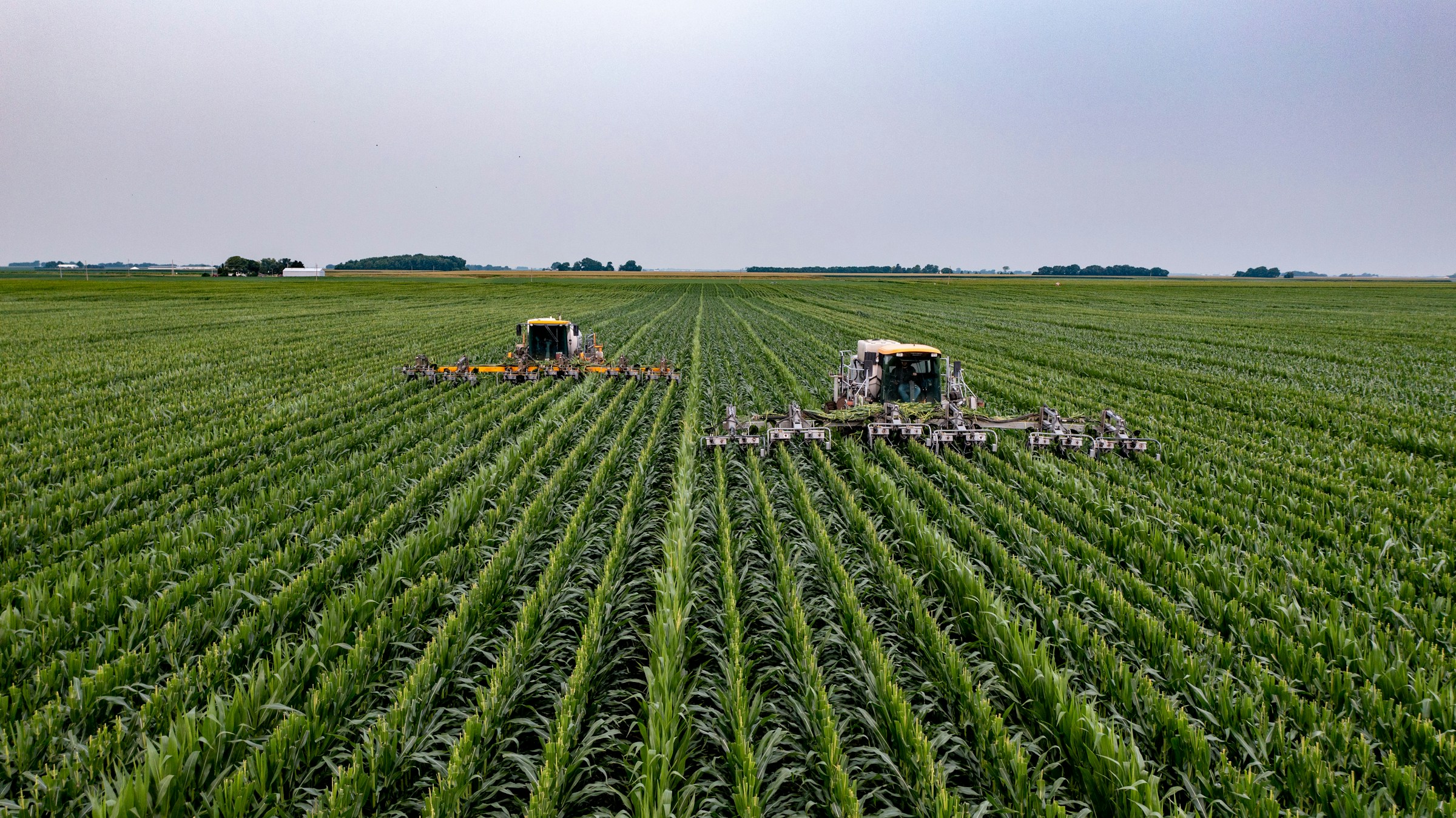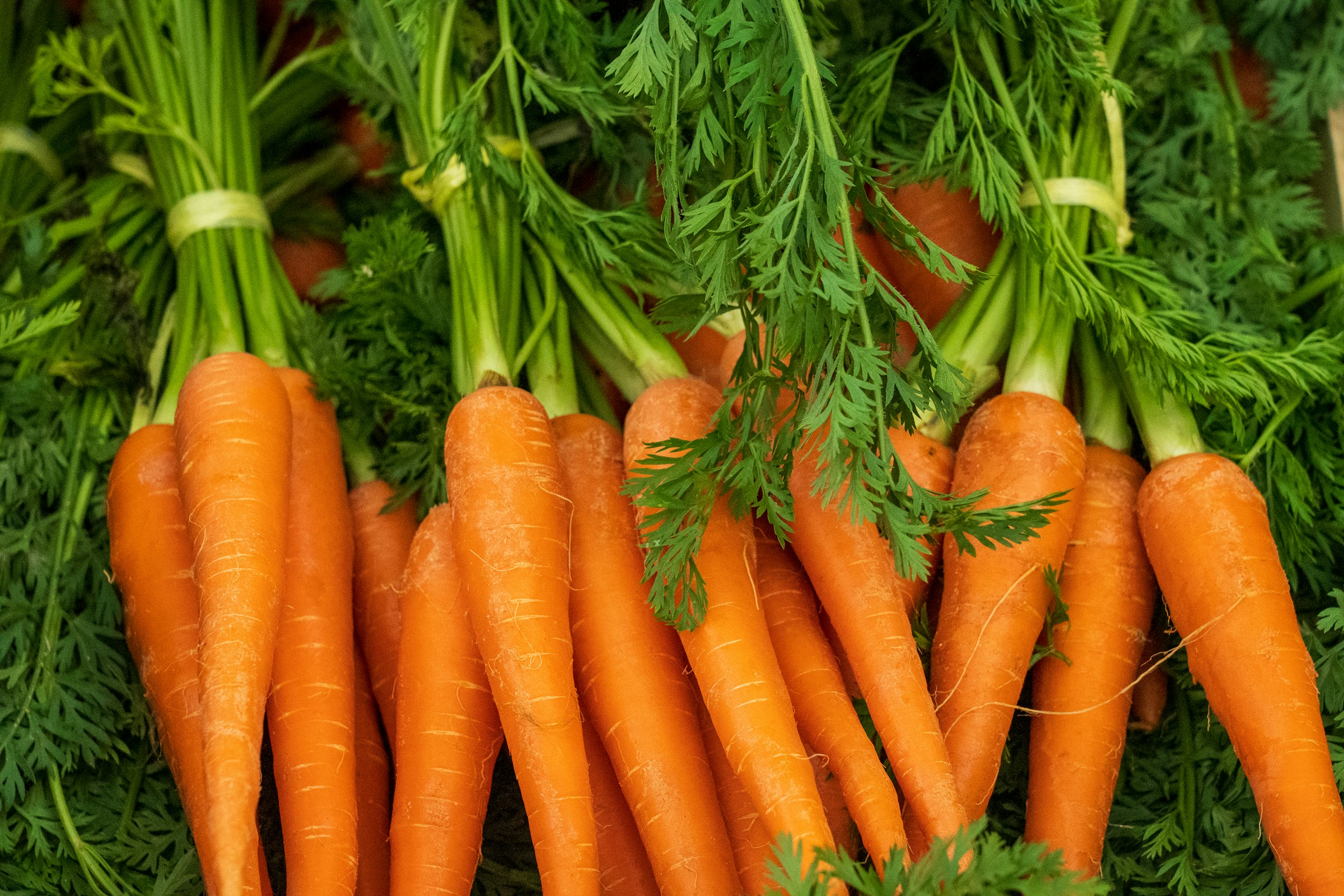In the dynamic world of digitalization, a silent revolution is reshaping the contours of agriculture. This transformation, known as "e-Agriculture," is an emerging digital innovation and agricultural practice domain. But what is e-Agriculture? Let's delve into this digital odyssey, where bytes meet barley and apps aid agriculture.

What is E-Agriculture?
Imagine a farmer in the heart of Africa or Asia, equipped not just with traditional tools but with a smartphone that brings the world's knowledge to their palm. It is the essence of e-Agriculture.
It's a global initiative fostering a community of practice that transcends borders, where stakeholders exchange information, resources, and ideas on using Information and Communication Technologies (ICT) for sustainable agriculture and rural development.
This initiative, which existed after the World Summit on the Information Society in 2003 and 2005, now boasts over 12,000 members from 170 countries, comprising researchers, farmers, policymakers, and more.
The Efficiency of E-Agriculture: A Data-Driven Farming Future
The digitalization of agriculture brings a plethora of efficiencies. Take precision agriculture, for instance. By employing technologies like Variable-Rate Application (VRA), farmers can apply just the right amount of water, fertilizer, and pesticides, enhancing input efficiency.
Such technologies reduce costs and environmental impact and boost yields – a win-win for farmers and Mother Earth. In the U.S., guidance systems have led to a 9% increase in peanut farm yields, while soil maps have seen a 13% boost. Argentina witnessed a staggering 54% hike in farm output through precision agriculture.
Digital platforms like Hello Tractor and WeFarmUp revolutionize equipment sharing, akin to "Uber for tractors." They optimize the use of expensive machinery, creating economic opportunities for farmers. In the domain of labour productivity, digital agriculture shines too.
Like those provided by Digital Green, E-extension services disseminate farming knowledge through videos in multiple languages, while apps like Plantix offer real-time recommendations based on diverse data sources.
The World of E-Agriculture: Global Initiatives and Impact
Globally, various initiatives under the banner of e-agriculture are making waves. International development organizations increasingly use ICT to support agricultural value chain ecosystems in developing countries. The scope is expansive, from Facebook chatbots answering basic farmer queries to SMS text message chatbots educating extension agents.
Harnessing E-Agriculture: A Few Examples
Let's illustrate with examples. A farmer snaps a photo of a diseased crop, uploads it to an app, and instantly receives a diagnosis and treatment plan. Another farmer, using a smartphone, tracks real-time market prices, deciding when and where to sell produce for maximum profit. These aren't just scenarios but real-life applications of e-Agriculture transforming agricultural practices.
The Future is Here: E-Agriculture and Beyond
The future of agriculture is being reshaped by e-agriculture, an innovative integration of digital technology into farming practices. This transformation is leading to more sustainable, efficient, and productive agricultural methods, offering a lifeline to farmers across the globe.
E-Agriculture strategies are critical in maximizing the impact of digital opportunities in agriculture. They support optimizing farming processes through innovative ICT solutions, addressing challenges like climate change, biodiversity loss, and desertification. These strategies are essential for fostering sustainable agriculture and enhancing rural livelihoods.
One of the most fascinating advancements in e-Agriculture is using smart collars for livestock management. For instance, in Scotland, cows have been monitored with smart collars developed by Silent Herdsman, which track fertility and health indicators. This technology alerts farmers to optimal mating times and potential health issues, enhancing farm productivity and animal welfare. The collars are now being further developed to detect even more subtle behavioral changes related to animal health, such as lameness or acidosis.
In crop farming, precision agriculture is a key aspect of e-Agriculture. Technologies like precision planting, where machines plant seeds at precisely defined intervals, optimize the use of space and resources. It ensures that each plant receives adequate space to grow, leading to more efficient use of valuable seeds. Such innovations transform how crops are cultivated, making farming more efficient and sustainable.
Moreover, e-Agriculture is paving the way for automation in both agriculture and horticulture. For example, in modern horticultural enterprises, machines are used for sorting and handling plants and pots, similar to those used in industrial production. These automated systems help in efficient crop management and indicate the direction of agricultural technology.
Additionally, soil health is a significant focus in e-Agriculture. Technologies like soil mapping enable farmers to understand and manage their soil better, leading to more effective use of agrichemicals and improved crop diversity. Soil mapping technologies can guide farmers in sowing different crop varieties in one field to match varying soil properties, enhancing overall crop yield and environmental sustainability.
The integration of electric micromotors in agricultural machinery is another noteworthy development. These motors are replacing traditional mechanical gear transmissions and pneumatic drives due to their compact size, efficiency, and robustness, which are essential in harsh farming environments. The power of various components of smart farming systems, including sowing disks, grippers, and robot arms, is crucial for functioning high-precision farming tools.
Frequently Asked Questions:
How does e-Agriculture improve farming efficiency?
Through technologies like precision agriculture and digital platforms for equipment sharing and knowledge dissemination, e-Agriculture optimizes resource use and boosts crop yields.
Can e-Agriculture help small-scale farmers?
Absolutely. E-Agriculture offers tools and platforms that empower small-scale farmers with information, market access, and efficient farming techniques.
Is e-Agriculture environmentally friendly?
Yes, by enabling more precise resource use and promoting sustainable farming practices, e-Agriculture contributes to environmental protection.
The Bottom Line:
In conclusion, e-Agriculture is not just farming with a digital twist; it's a paradigm shift towards a more informed, efficient, and sustainable agricultural world. It's where the future of farming is headed, and it's a journey worth joining.




